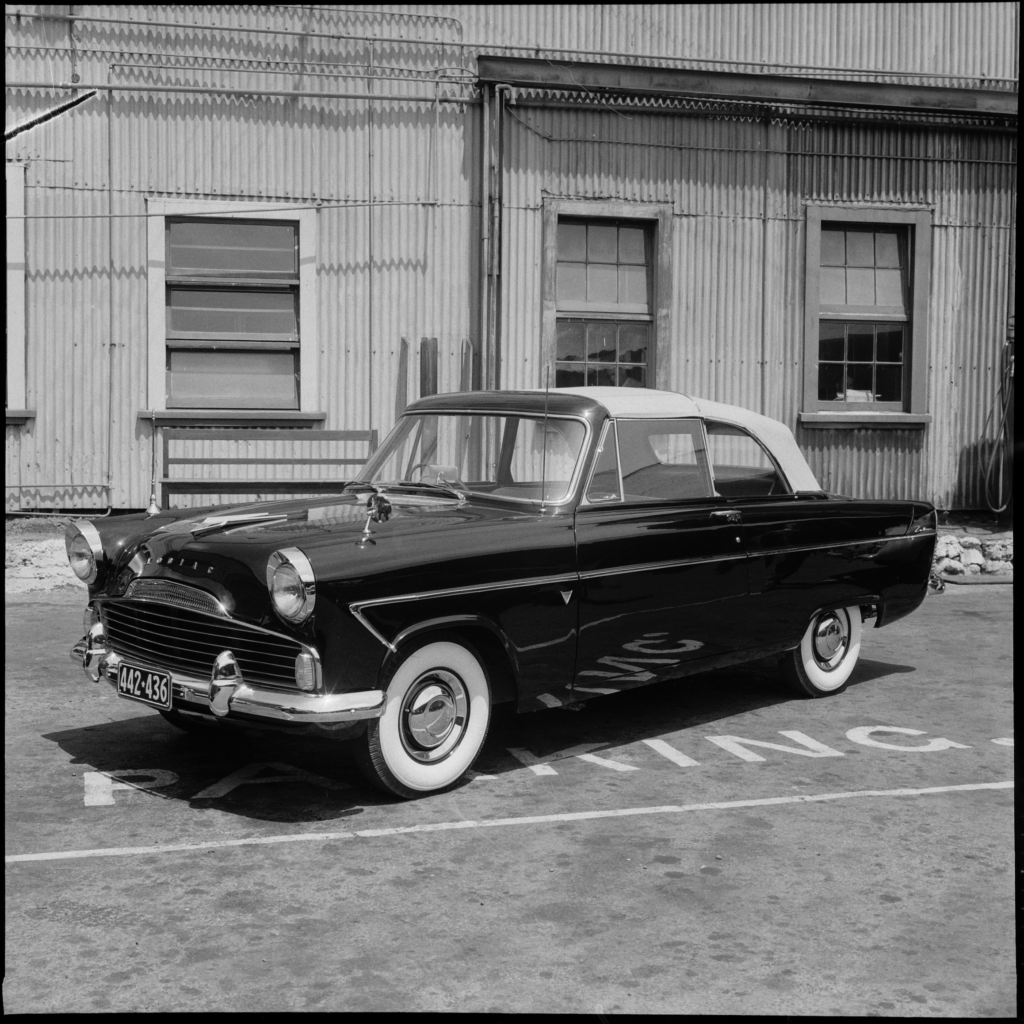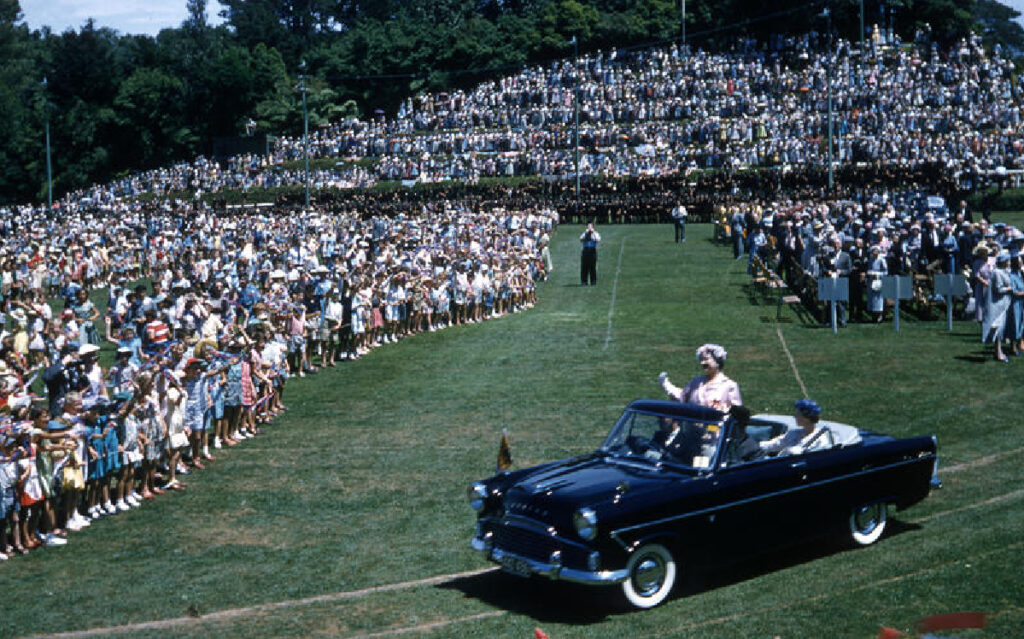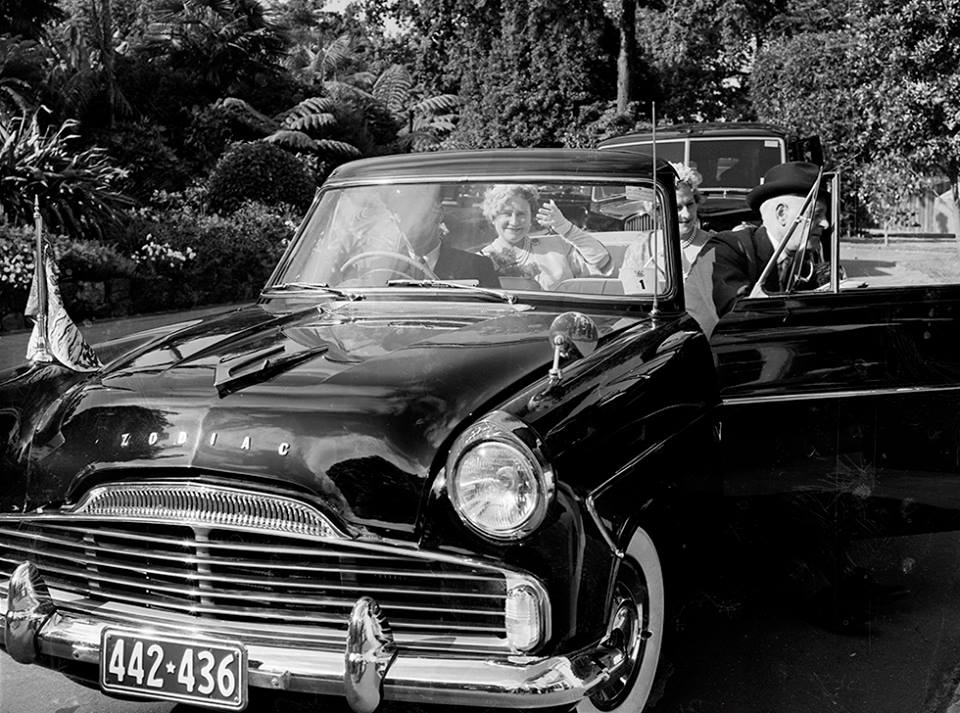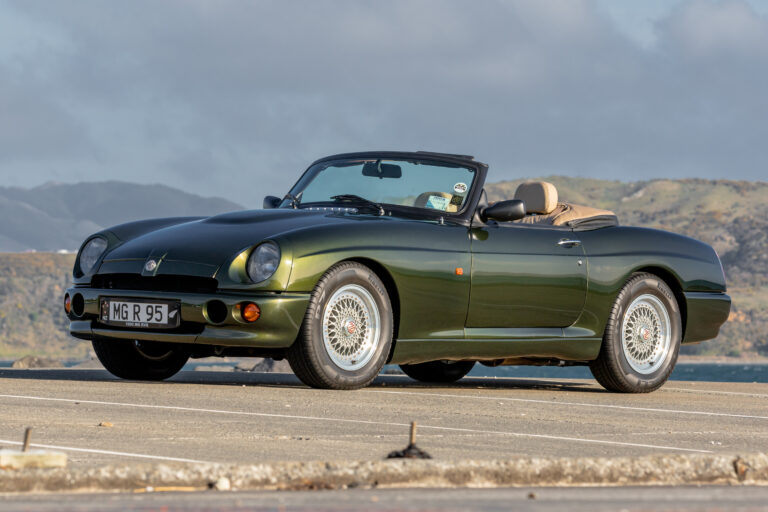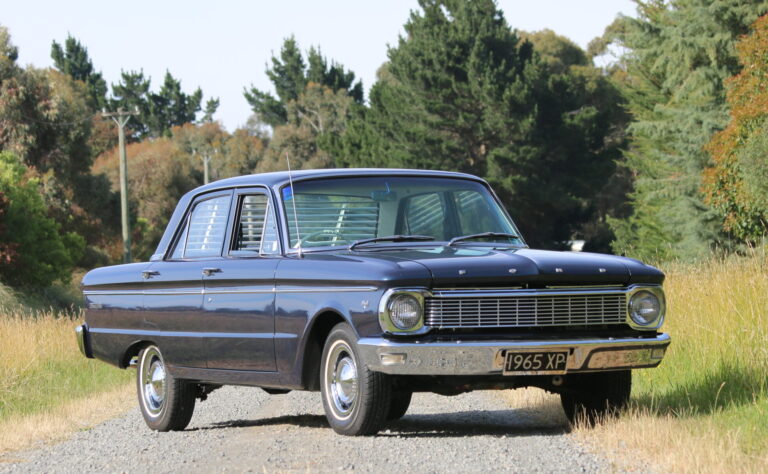As a new king ascends the throne, we look back over our history of royal tours. Organising the conveyance of royal personages in suitably regal transport has played a significant role in strengthening the bond between New Zealanders and its royal family
By John Stokes
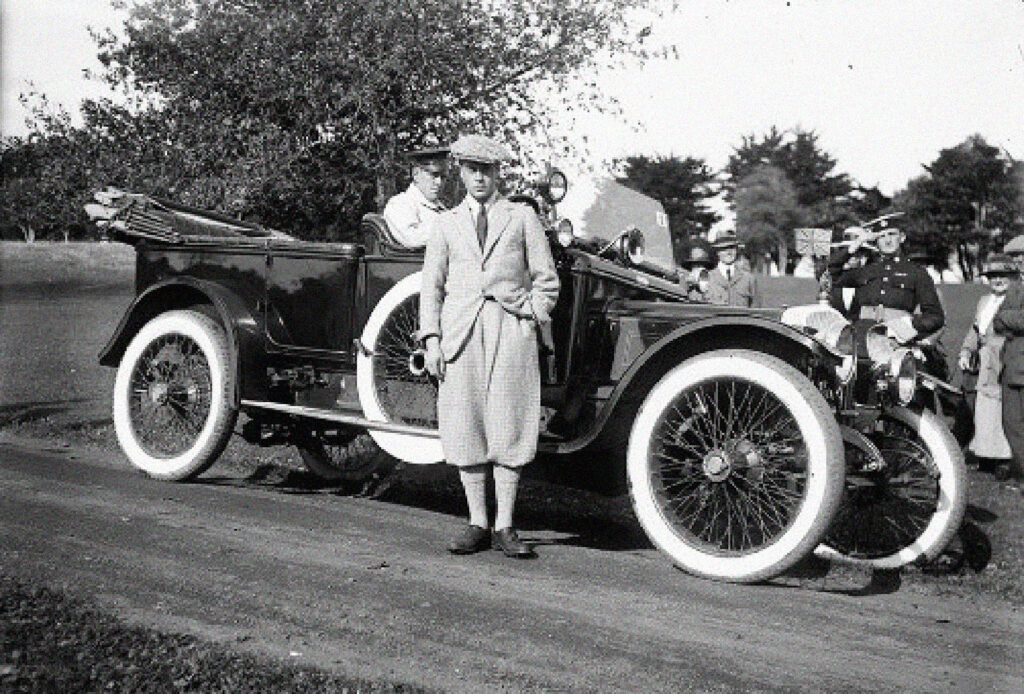
Today we take royal tours for granted, but once upon a time, or at any time before the 20th century, it was impossible for our monarchs to visit their downunder dominions because of the distances involved and the unreliable transport.
The advent of steam power for ships and trains, the evolution of the motor car and, finally, the arrival of passenger air travel shrank their world, and ours, considerably, and the royal tour became a feature of the empire and the Commonwealth.
The first British royal visitor to Aotearoa New Zealand, was Edward, Prince of Wales, in 1920. During his 28-day tour, he travelled mostly by the royal train, which was both safer and more convenient for royal personages. A variety of best-available cars were used locally. Ideally, these would be Daimlers.
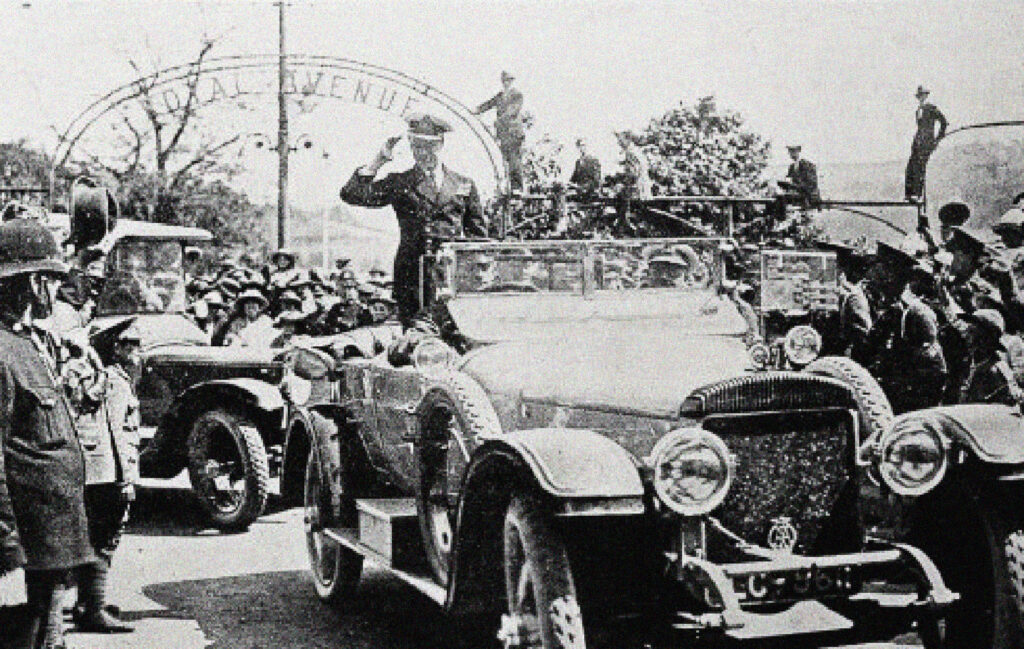
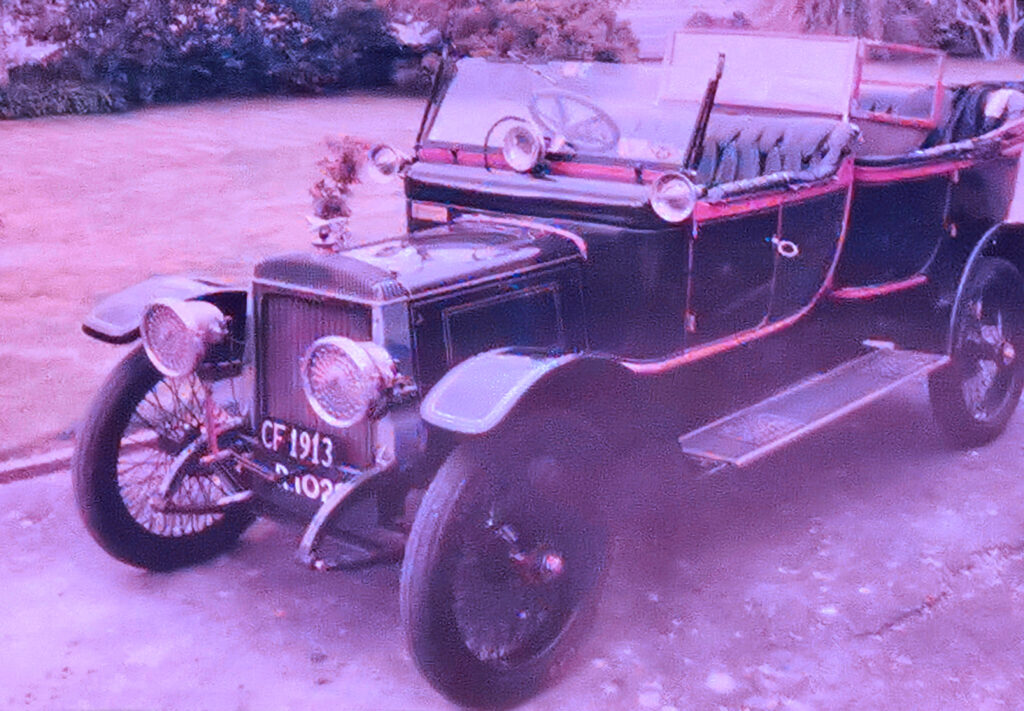
The Daimler connection
The connection between royalty and Daimler had its beginnings in 1897 when the first English-built Daimler made a strong impression on the royal family. In 1900, the first royal car — a 6 hp Daimler — was delivered to the Prince of Wales at Sandringham. In 1902, soon after the death of Queen Victoria, the new king purchased a Daimler, and the company was then able to claim the UK’s premier customer endorsement — ‘By Appointment to HM The King’. So began a long association between Daimler and the Windsors.
The next royal visit was by the Duke and Duchess of York in 1927. While our main roads were improving in quality, road transport was little used for this tour. A fleet of 15 Crossley cars was used from Rotorua to Taupo, and, days later, they journeyed on to National Park to reconnect with the royal train. At least one locally owned Daimler was used by the Duke and Duchess to tour from Wellington to the Wairarapa.
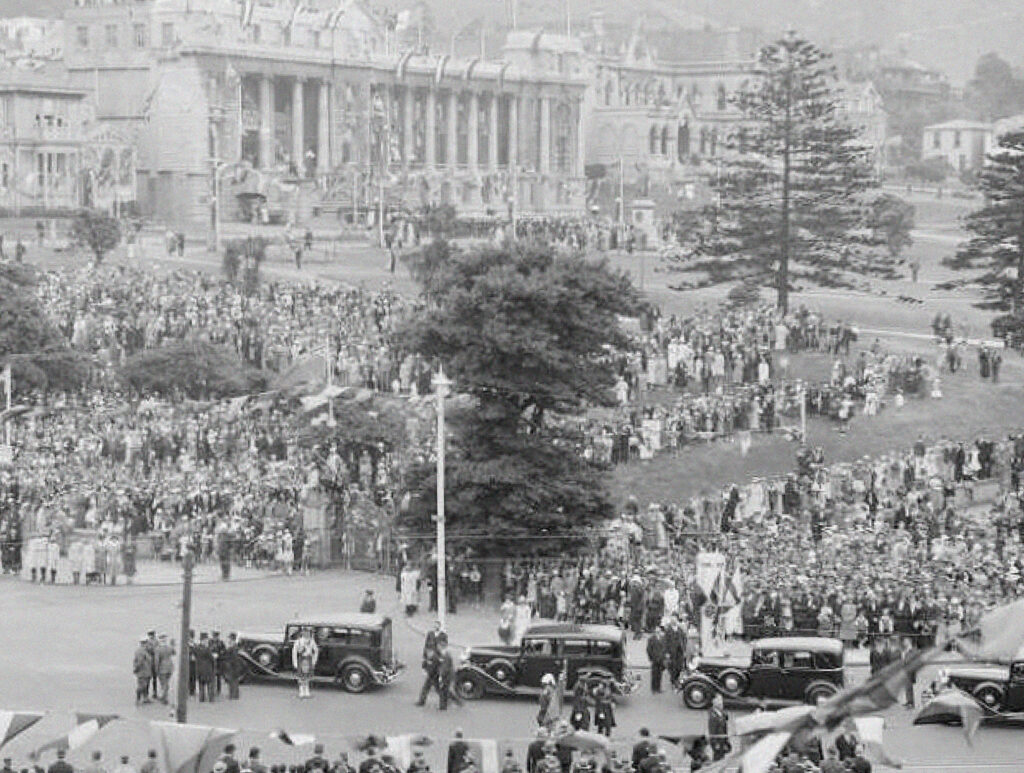
Nine Humbers
Next to arrive was the Duke of Gloucester, who toured in the summer of 1934–35. By now, road transport was becoming more agreeable, but as this tour was taking place during the Great Depression, the New Zealand government was under pressure to avoid undue expense. As a result, just one new railway coach was built for the royal train. For road transport, the British government sent nine cars with the duke for the tour — all Humbers — and our government provided three drivers. The Duke, a keen motorist, often drove his own car — an open Humber DeLuxe Tourer. Following the tour, those cars left again with the Duke for further tour use in Fiji and Jamaica.
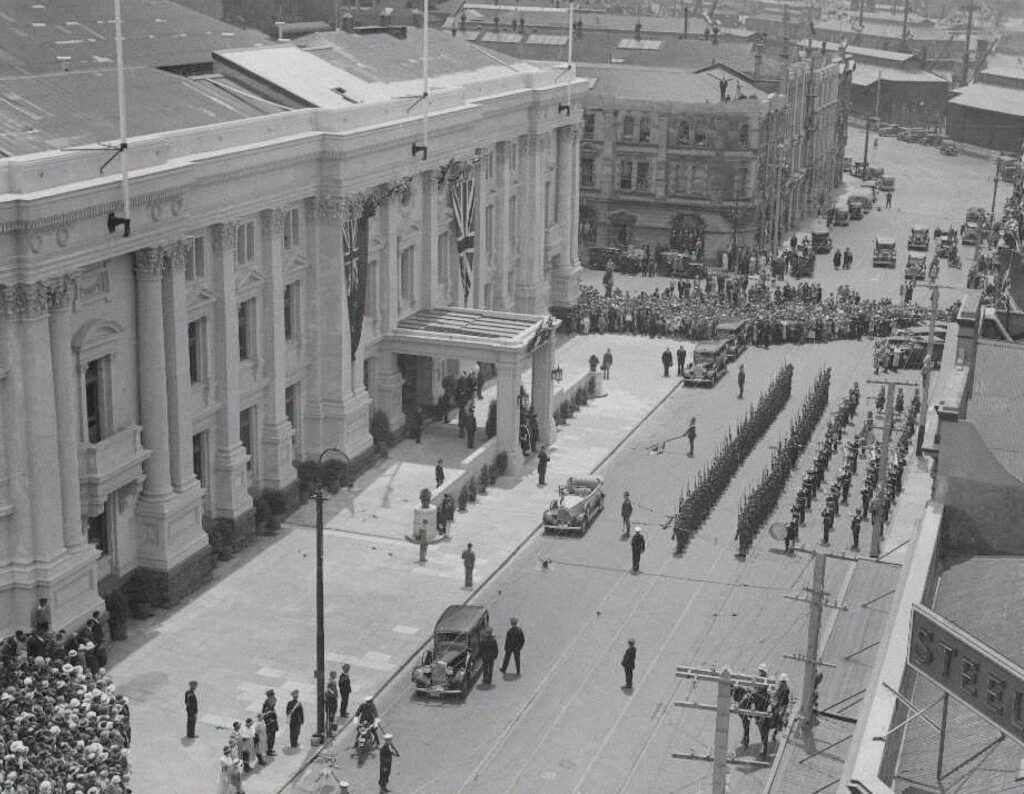
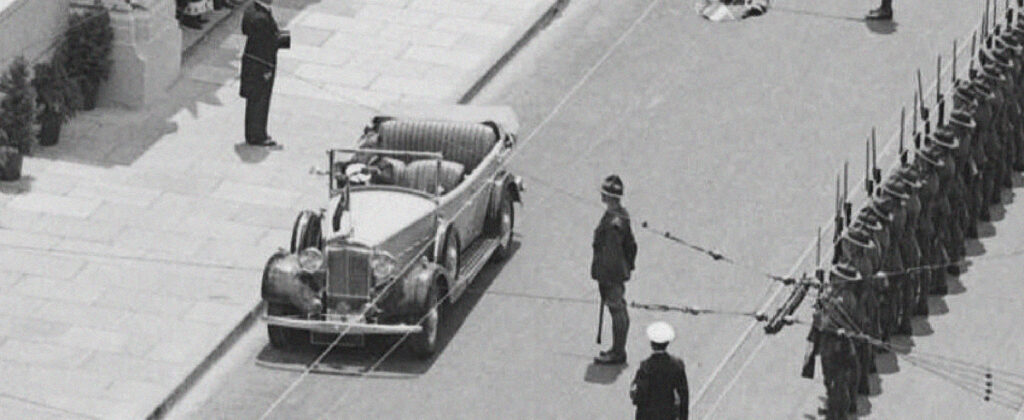
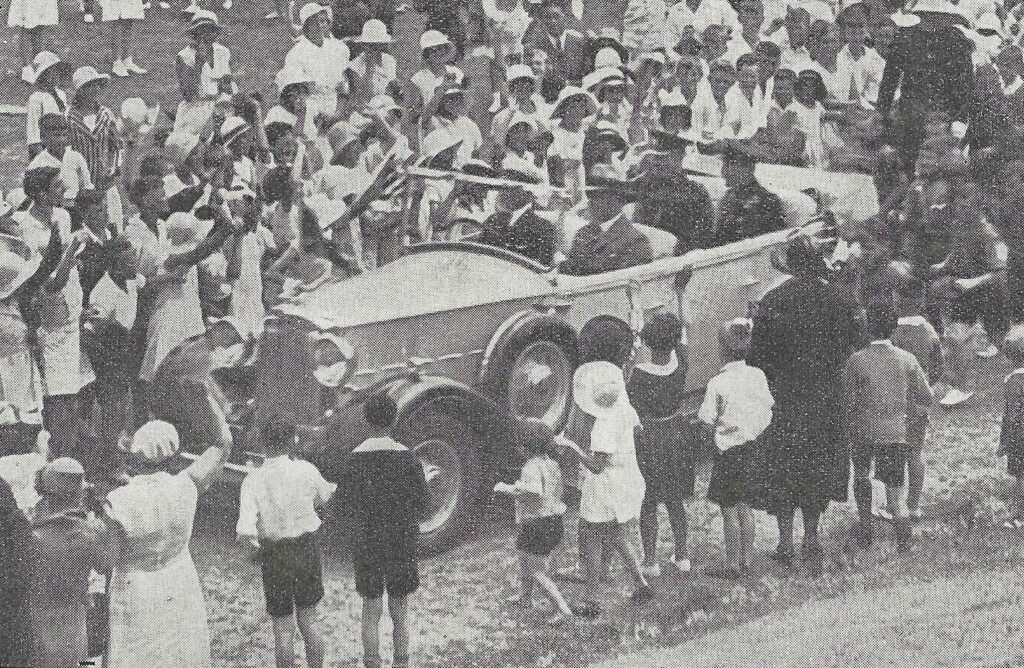
In 1936, King George V died. The Prince of Wales, who had visited us in 1920, became King Edward VIII but, later that year, he famously abdicated the throne for his love of Mrs Simpson. He was succeeded on the throne by our 1927 visitor, the Duke of York, now crowned King George VI. His firstborn, Princess Elizabeth, was heir to the throne.
Soon after, World War II broke out, and royal tours were shelved for the duration. Following the war, it was announced that King George, Queen Elizabeth, and their daughter Princess Margaret would make an extensive tour of New Zealand and Australia in the summer of 1948-49. This would be the first time that a reigning monarch had set foot in either country, and a great sense of excitement and anticipation grew on both sides of the Tasman.
Because of the nature of the proposed royal tour, extensive car travel was planned, and it was proposed that Daimler motor cars should play a leading role in the transportation arrangements.
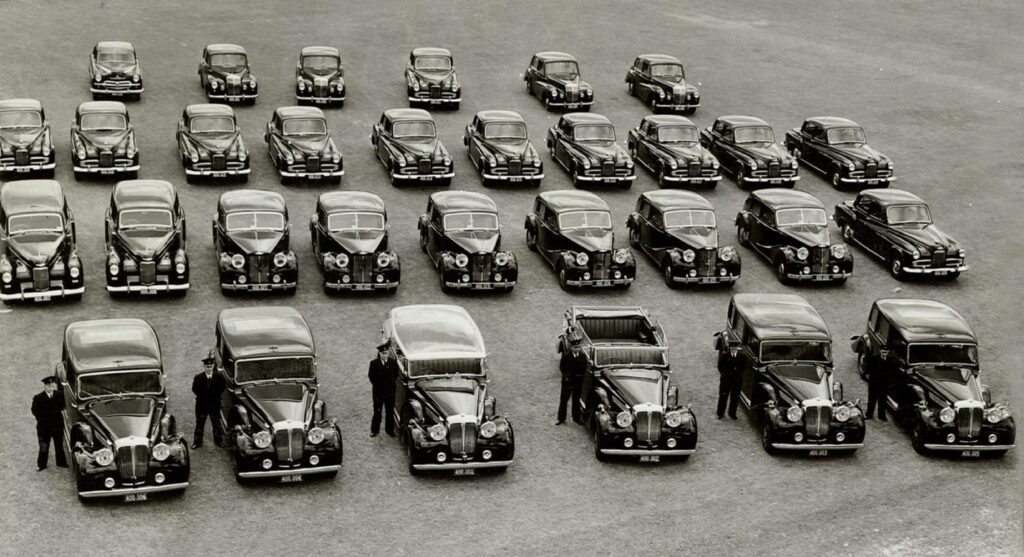
Six Daimlers
The New Zealand government commissioned the building of six Daimler DE36 chassis, each to be fitted with coachbuilt bodies by Hoopers in London, in three body styles: two open tourers (known as all-weather cars), two landaulettes (with a collapsible rear section of the roof), and two closed limousines. Powered by 5.4-litre straight-eight motors, with smooth-running fluid drives and pre-selector gearboxes, they were ideal for royal tour work. With a 12¼ foot (3.75 metres) wheelbase, they were also the largest cars ever built by the British motor industry. At 12 to 16 miles to the gallon, no thought was given in those days to fuel economy.
At around £4300 each, including delivery, they were a significant investment. A new Ford V8 sedan, at £785, was considered an expensive motor car at the time. The Daimler company also provided six 2.5-litre support cars for the tour on a loan basis, at no cost. Similarly, the Rootes Group agent, Todd Motors, provided six large Humbers on the same terms, matched by Austin with six Sheerlines.

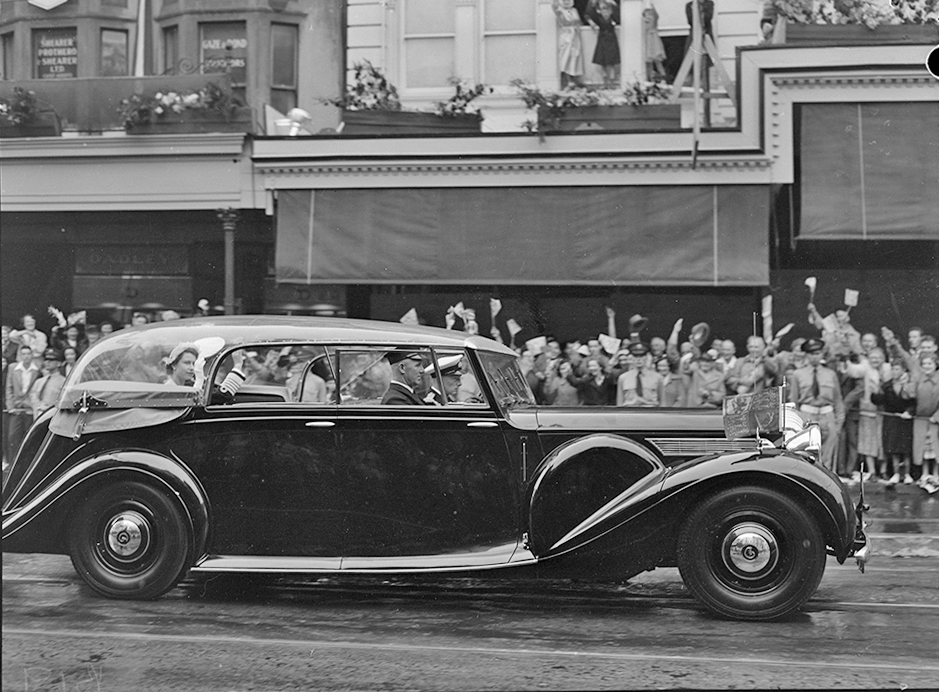
Long live the Queen
In October 1948, the royal tour cars began their long journey south from Britain. But soon after the King fell ill, and the tour was postponed. On their arrival, the royal fleet of cars from Britain was placed in storage. The King’s health never recovered, and it was 1951 before another tour was announced, which would be undertaken by the newly-married Princess Elizabeth and her husband, Philip. The princess and her husband departed London on 31 January, stopping in East Africa, and they were there when the news was wired around the world that the King had succumbed to his illness. Princess Elizabeth — now Queen Elizabeth — returned home for her coronation and to take on the responsibilities of the head of state for the vast populations comprising the Commonwealth. The tour of New Zealand was cancelled, and our nation went into mourning for the deceased head of state.
Elizabeth II’s coronation was in June 1952. Soon after, the palace announced that the tour of New Zealand was to be reinstated, and the new queen and her husband were to arrive for the summer of 1953–1954. New Zealanders’ sense of excitement was restored, the royal Daimlers were dusted off, and we all stood by with great expectations.
On Wednesday, 23 December 1953, the royal yacht SS Gothic berthed at Auckland and, at 10 am, the queen and her handsome young consort stepped ashore. Among the dignitaries there to meet them were two of the royal Daimlers — after a five-year wait, these magnificent cars were about to be put to work.
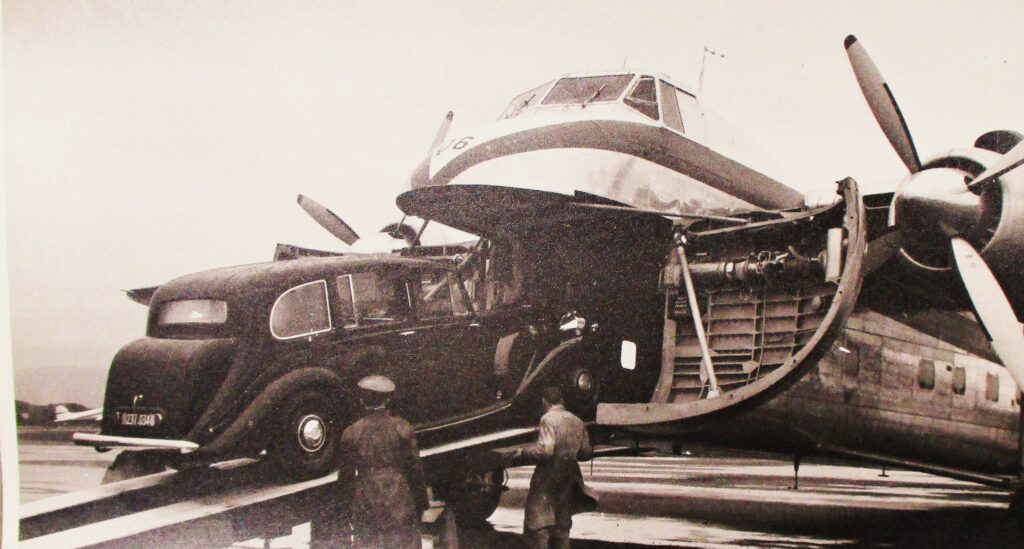
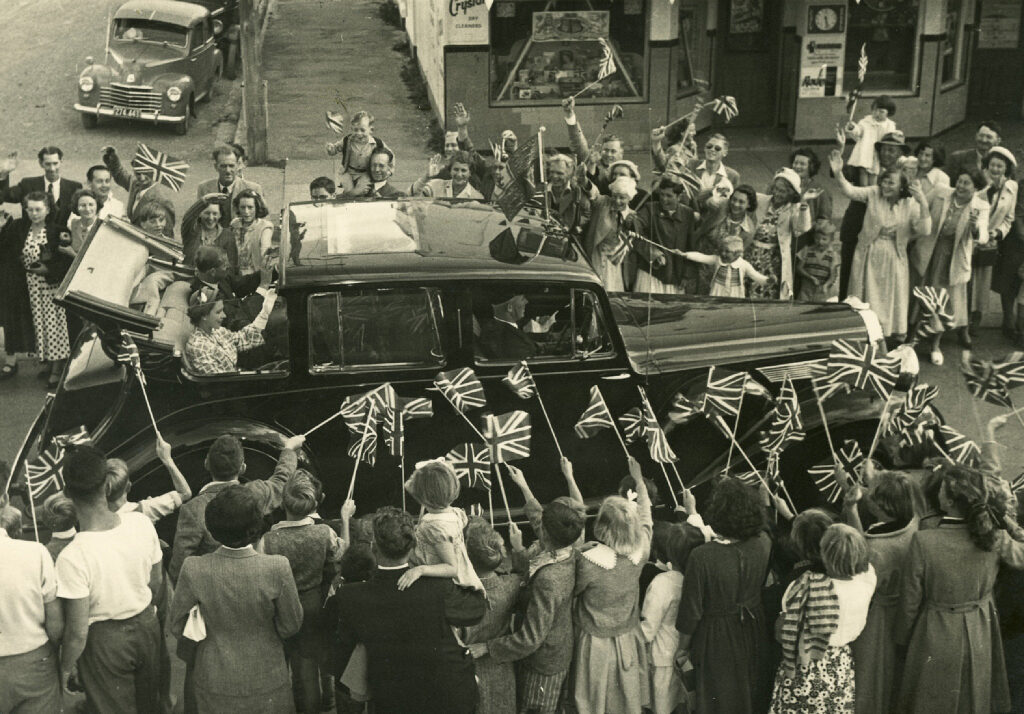
The Queen and her consort toured New Zealand extensively, from Northland to Southland, over their 38-day stay. It is estimated that three in every four New Zealanders turned out to greet the royal couple as they visited more than 50 cities and towns across the country. Where possible, the New Zealand Railways’ royal carriage was used from town to town. One of the six Daimlers was positioned at each stop to transport the royals from the train to their appointments and back to the station. Where necessary, the Daimlers were flown from place to place in an Air Force transport aircraft.
While royal visits to New Zealand were likely to become more frequent, it was unlikely future tours would be as extensive, so soon after four of the royal Daimlers were sold at tender prices ranging from £1400 to £1750 — a remarkable rate of depreciation for that era. Three of those four cars have survived the ravages of time — the landaulette was converted to a hearse and is today displayed at Motat in Auckland; the limousine was exported to the United States. One of the two all-weather cars was destroyed in a fire. The other (which also had been converted into a hearse) was caught in a major fire in 1979 at the Geraldine Motor Museum, where it was stored. Officially, the car was destroyed (along with many others). However, the owner took the remains with him when he relocated to Perth, where the rebuild continues.
Of the two remaining royal Daimlers, one — a limousine — was retained for use by the Prime Minister and VIP guests. That car was eventually sold and is today stored, coincidentally, at the Geraldine Motor Museum. The other — a landaulette — was handed over for use by the Governor-General. In 1963, it was sold to Len Southward and is today displayed at Southward Museum.
In December 1956, the Duke of Edinburgh made a four-day visit. The itinerary was extensive, and most of the long-distance travel was by aircraft. The Governor-General’s Daimler Landaulette and an Austin Princess were pressed into service again. But during this visit, another type of royal tour car made its first appearance.

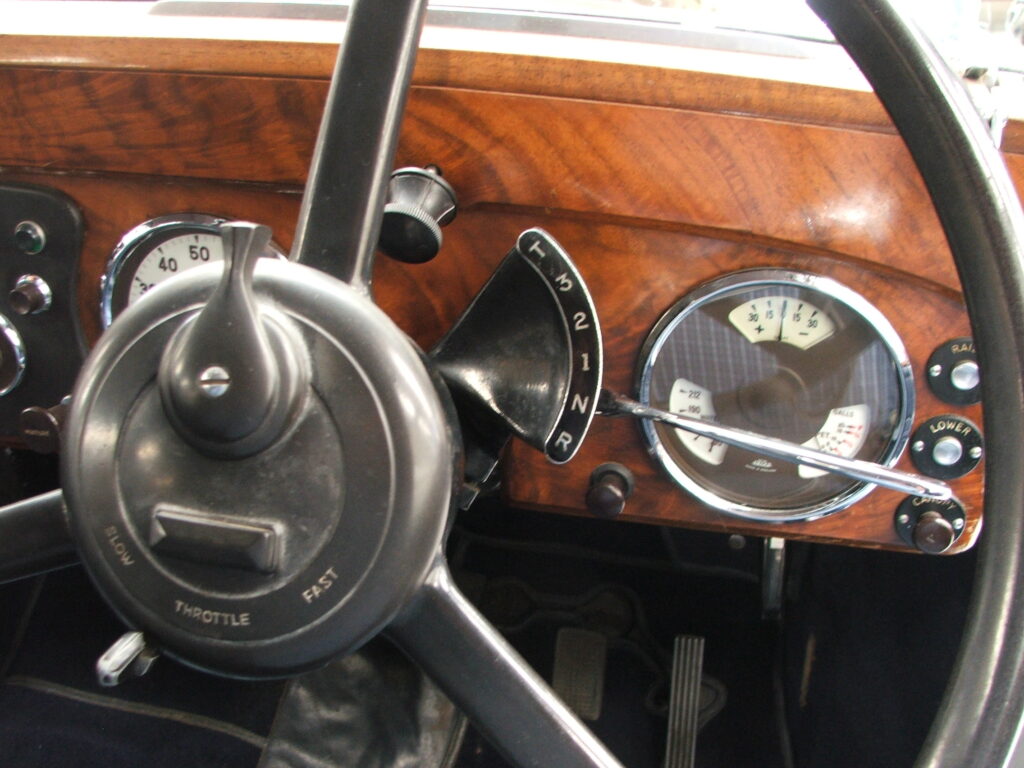
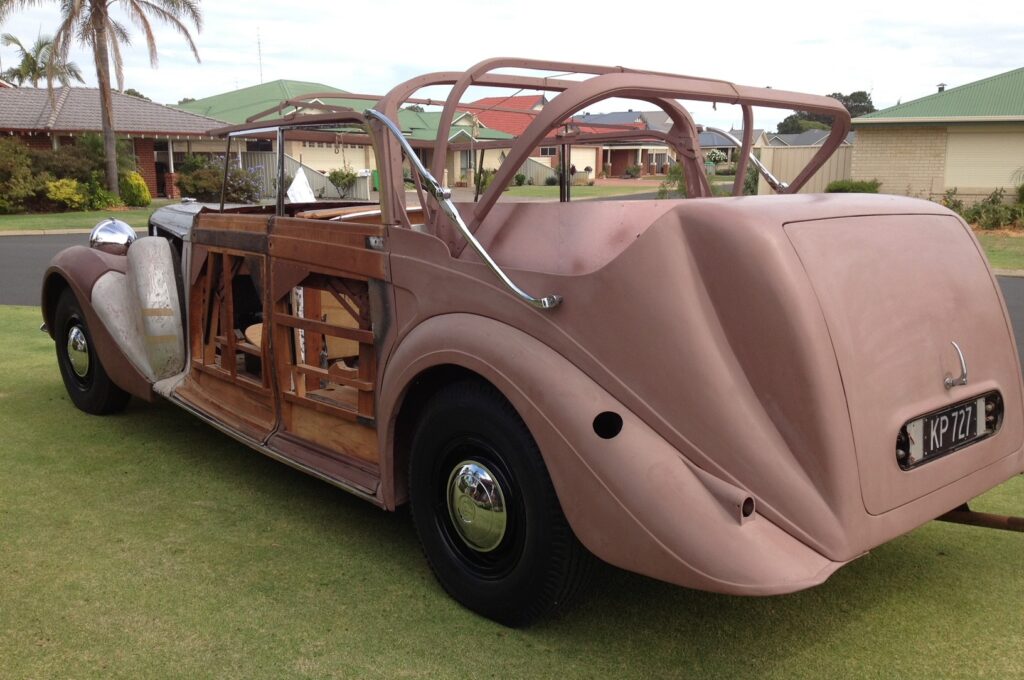
Ford joins the royal party
The Ford Motor Company had recently imported a Ford Zodiac convertible for use during such occasions. While this car did not sport the fluted grille so readily associated with royal carriages, it was nevertheless a British product and therefore worthy of promotion. It was impressive, modern, and quite flash in its own way. And for the crowds turning out to be able to actually see the royals, a convertible was perfect, so much so that Ford ordered a second example.
This also signalled a move by the royals away from the Daimler company. Unsavoury internal difficulties within Daimler led to a more distant relationship with the royal household, which felt it was about time it began looking at other fine British carmakers, such as Rolls-Royce.
Meanwhile, the Queen Mother returned to New Zealand in 1958. Greatly-loved, crowds again turned out to greet her as she went by. As often as possible, one of the two Zodiacs was used. The Daimler Landaulette and an Austin Princess were also brought in for this tour
What fate befell the two royal tour Zodiacs, as they became known, has been a frequent subject of discussion ever since. The sad reality is that neither survived. Ford sold the first of the two soon after the Queen Mother’s 1958 visit. That car had a succession of owners in Otago before it was destroyed in a barn fire in Southland. The second Zodiac was kept in use for special occasions until the mid-1960s before being sold. The final owner of that car told the writer that, having crashed it at speed into a telegraph pole, it was beyond repair.
The second visit to New Zealand by the Queen and Duke was in 1963. By then, perhaps a Zodiac convertible was now a little dated to be a royal carriage? As there was no longer a convertible version of Britain’s Zephyr or Zodiac on offer, Ford looked to their American arm for a replacement, finding it in the huge Ford Galaxie. The Public Service Garage purchased the car at around £3000 for royal tour work and VIP transport. At the time, a brand-new Mk III Zephyr 6 was listed at £1228. However, more prestige was required for the massively popular queen, so the government approved the purchase of two Rolls-Royce Phantom V limousines, each at a cost of £6704. The Phantom V was the largest Rolls-Royce that the carmaker had ever built, but it was still a few inches shorter than the earlier Daimlers.
In part two of our tour of royal tour Rollers and other cars continue as the pace of royal tours picks up.
